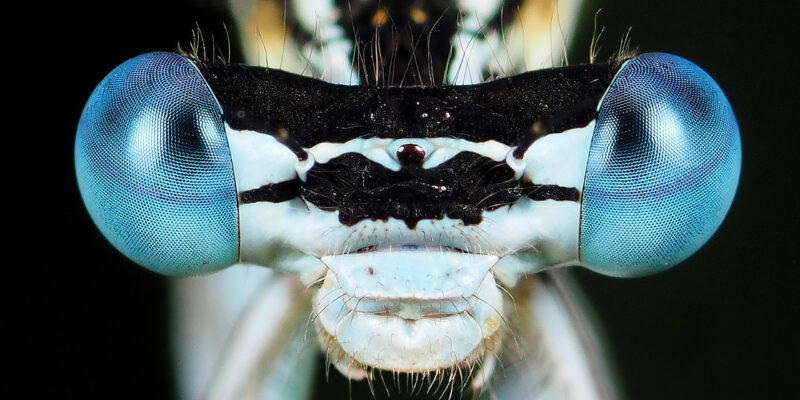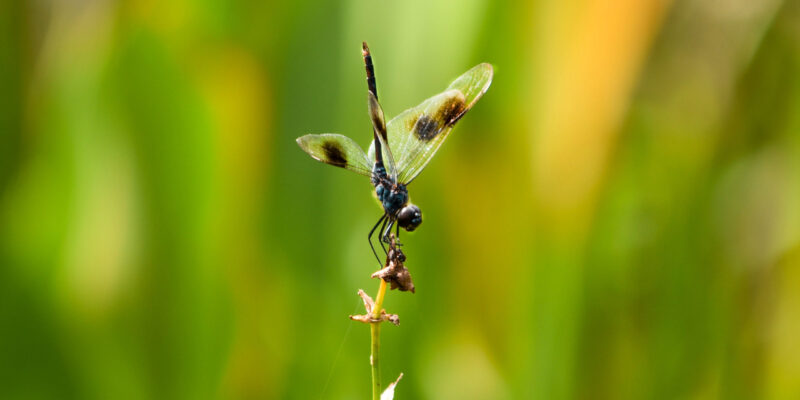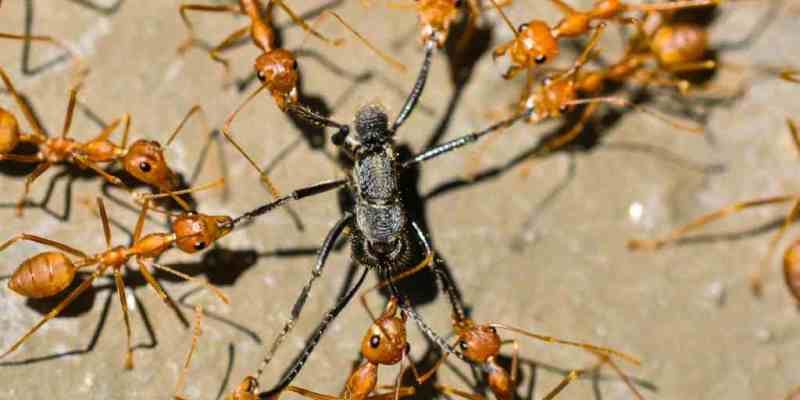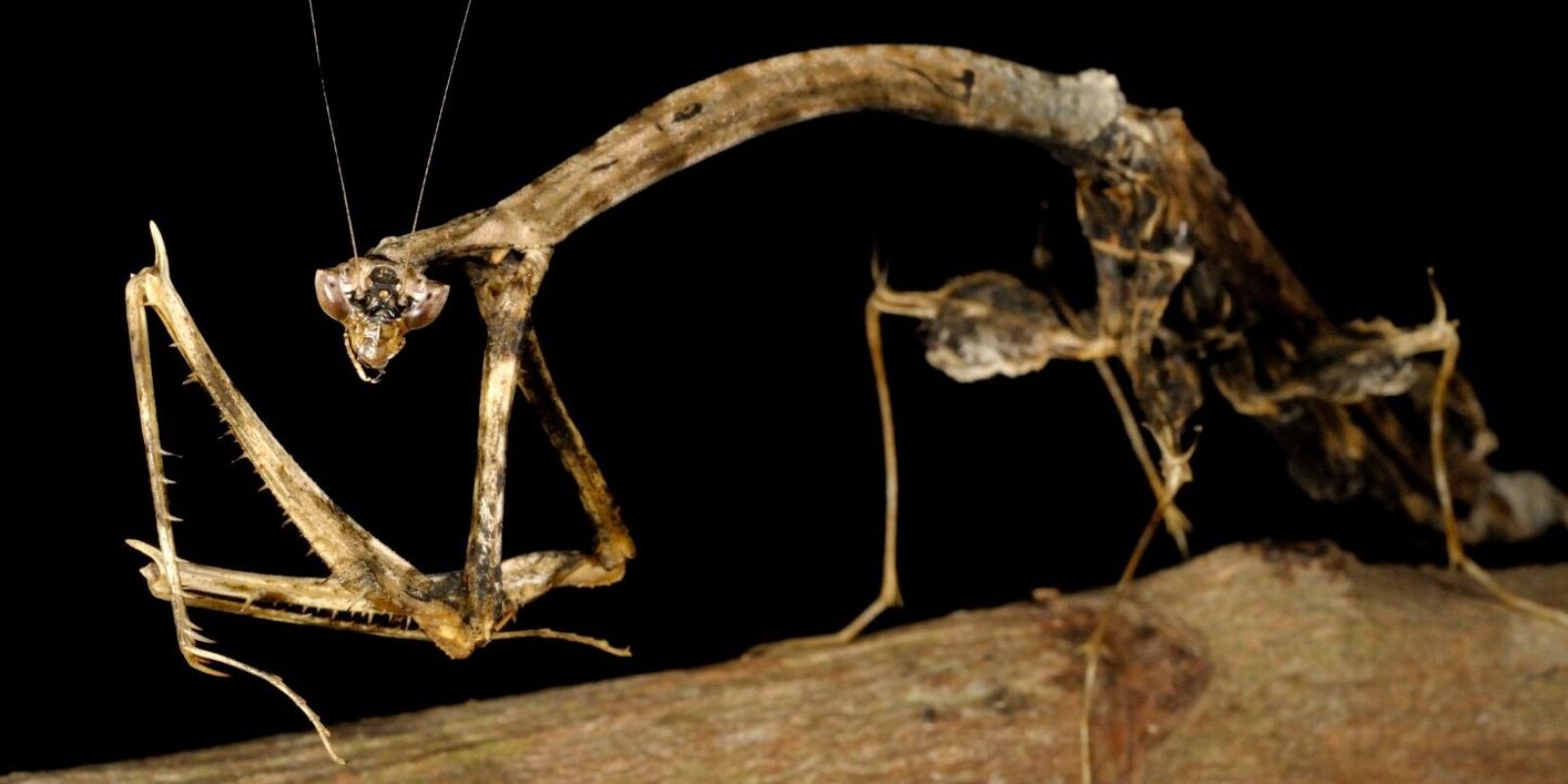
Cockroaches, termites and mantids
The exact relationships of the cockroaches, termites and mantids have been debated for some time, and all three have previously been considered as separate orders.
The cockroaches (Blattodea, Blattaria, or even Blattoptera) were recognised as being close to the Mantodea, but now the termites (Isoptera) have been shown to be nested within this clade, called the Dictyoptera, and the three groups can be treated as suborders therein. Termites can thus be regarded as cockroaches that have evolved a highly developed eusocial structure. Despite this overall grouping into one order, it is convenient to treat each suborder separately, as they have unique characteristics.
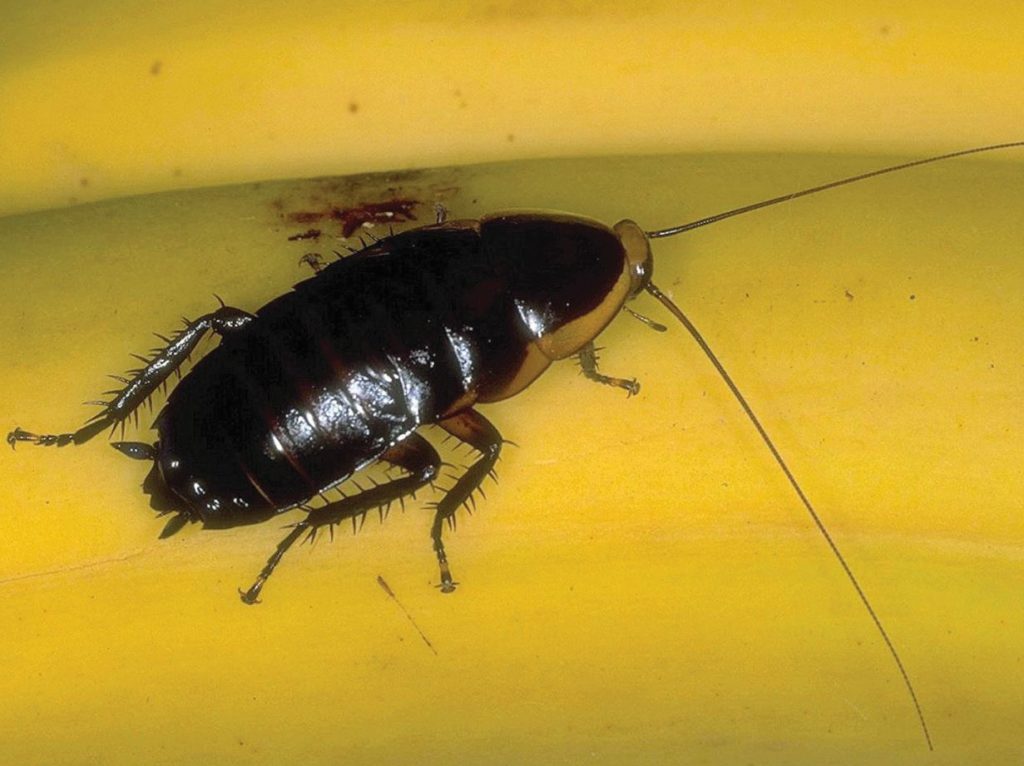
Cockroaches are almost synonymous with household pests to many people, yet only a small proportion of the world’s species deserve this reputation. Most have no impact on humans, and are innocuous omnivores found in a wide range of natural habitats. Nonetheless those few species that have become cosmopolitan pests cause much damage and distress when they invade our conveniently heated homes and commercial premises, though increased hygiene standards can do much to keep them under control. They do not directly transmit diseases, but they can carry a wide range of harmful organisms which can easily be transmitted to human food. Cockroaches can also cause allergic reactions when present in large numbers; the smell of an established population is both striking and unpleasant. In contrast the three British native cockroaches are small harmless insects, found in a wide variety of habitats including woodland, heathland and the seashore.
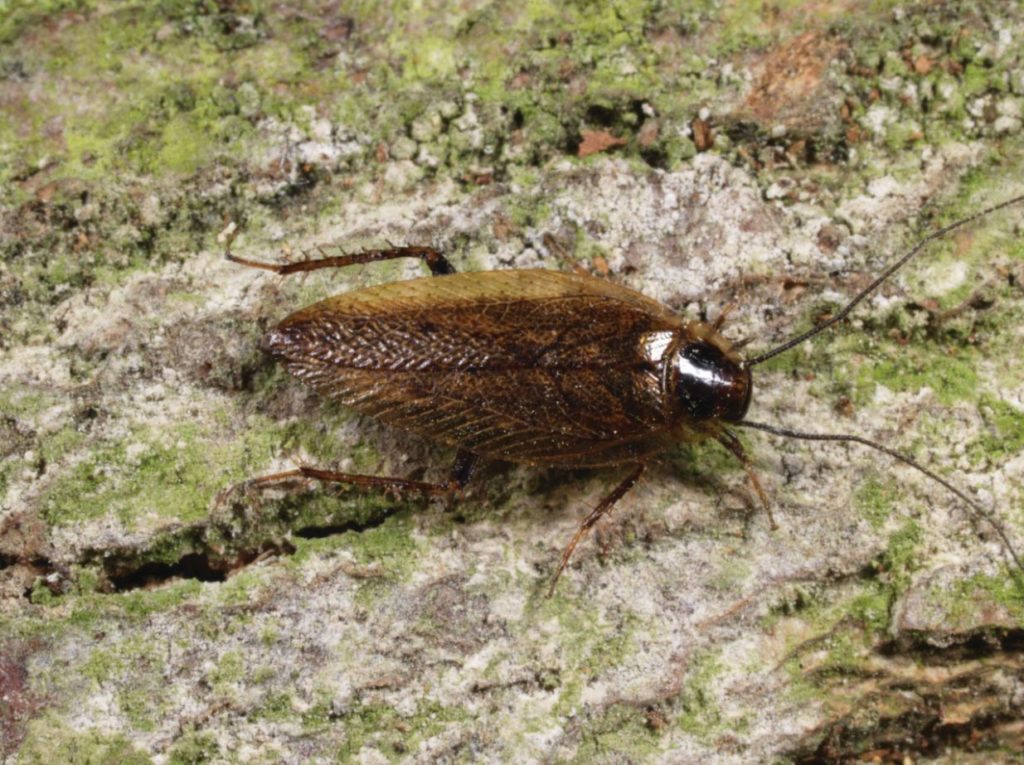
Termites are essentially a tropical and subtropical group; they all digest cellulose, with or without the aid of intestinal micro-organisms, which means that some can be pests on agricultural crops or in timber constructions. Relatively few groups build the famous termite mounds and most build less impressive, though still complex, nests either in rotting wood or in the soil. A single species has been found as an introduction in Britain, though several species occur in southern Europe.
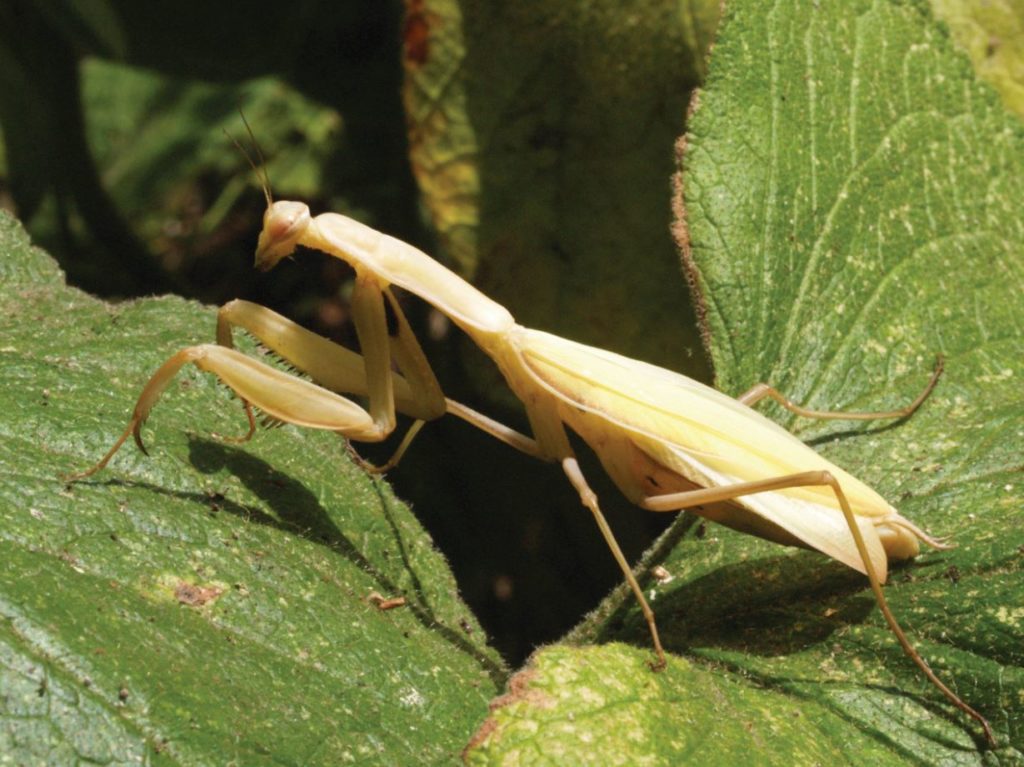
Mantids are another easily recognised group, though they can be confused with the family Mantispidae in the Neuroptera (found in continental Europe but not Britain) which have similar raptorial fore legs. Worldwide there are around 8,500 known species in 20 families; in Britain there are 11 species in 5 families.
Identification help

